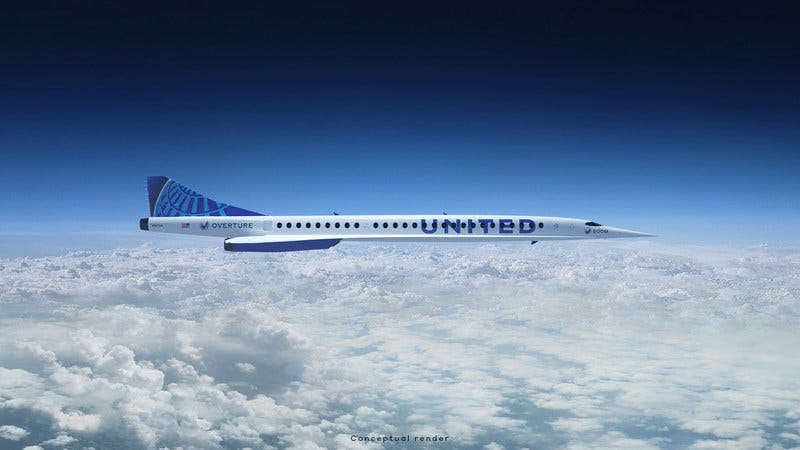Welcome to Thursday Things! If you enjoy this edition, please click the heart icon in the heading or at the end of the post to let me know. You can also comment by clicking the dialogue bubble next to the heart.
Science candy! Photo by Amit Lahav on Unsplash
Science can taste good sometimes. Gummy candies invented that can help blind students ‘see’ with their mouths
Scientists have created candy-like gummies which can enable blind science students to “see” shapes. The peanut-sized sweets help them access imagery better than handheld devices. Researchers from Baylor University used 3D-printing technology to mimic the dimensions of folded proteins. …
In tests, 281 blindfolded students differentiated the shapes with more than 85 percent accuracy. More than four in ten performed better with the gummy on their tongues in comparison to a quarter of participants who did best using their hands.
The devices contain gelatin and are similar to the normal sugary confectioneries popular with kids. Scientists can also add any flavor and make ones as small as a grain of rice. They are also made out of non-toxic resin.
Short version: Tiny gummy models of proteins and other molecules that blind students (and others) can put in their mouth to discern the shape with their tongue, since they can’t see a larger, more conventional model to help them visualize the complex shapes. Genius idea — and delicious!
Okay, this is the real science candy. The bears were lying. Source: Baylor University
I keep linking to articles about super fast planes that are coming soon, but still haven’t arrived. Still, this is a real airline putting money down for real planes — that haven’t been built yet. United Airlines is buying 15 supersonic jets that could fly Newark to London in less than 4 hours
United Airlines announced on Thursday it would buy 15 super-fast airplanes from Denver-based start-up Boom Supersonic…
Boom's first commercial super-fast plane, called Overture, hasn't been built yet, but it's expected to be operational in 2025, take to the skies in 2026, and carry passengers by 2029, United said.
The supersonic jet, when built, will be able to fly twice the speed of the fastest airliners in today's market, cutting some flight times in half, the American airline company said.
Possible future journeys include Newark to London in three and a half hours, Newark to Frankfurt in four hours, and San Francisco to Tokyo in six hours, United said.
United - not my favorite airline, but they could be. I’m on standby.
This plane is still imaginary. But it looks fast! Source: Boom Supersonic
If you don’t want to wait for the plane, you can snag a pretty cool jetsuit, the latest in flying fashion. The world’s fastest jetsuit is making human flight a reality - and could save lives (It’s a video, so you’ll have to click to see the jetsuit in action.)
Bullet Journaling for Beginners Today in Productivity Tools That I’ll Check Out But Probably Never Use Fully comes the idea of “bullet journaling” as a way of organizing and recording your day, week, month, or year. It looks like a neat system — just like all the other neat systems I’ve tried with enthusiasm and then lost interest in, going back to my old reliable “random notes on scraps of paper and Post-it notes” approach. But, hey, it might work for you. And you can do it with paper notebooks or with the Workflowy bulleted list app. (Which I have and, of course, rarely use.)
Read all about it in the linked blog post. Here’s the basic idea:
Bullet journaling is designed to be an efficient way to track tasks in our quick-paced, productive world. But it also allows freedom to record miscellaneous memories, notes, and things you want to record or remember. While the concept was designed to work with a paper and pen, Workflowy’s app allows you to work from anywhere on your phone or computer.
Originally created by Austrian designer Ryder Carroll as a fast and flexible task-tracker, traditional bullet journals are made up of five main components: the index, collections, rapid logging, logs, and migration.
The Sun may be need a nap. Bring blankets. Is our sun going into hibernation? Lots of solar knowledge in this article, with a mention of my favorite solar triggered geomagnetic storm, the Carrington Event of 1859!
Soooo sleeepy. Source: NASA/SDO
Thank you for reading Thursday Things. Please click the hearts, comment, and use the share button to send this issue to a friend who might enjoy it. See you next Thursday!






